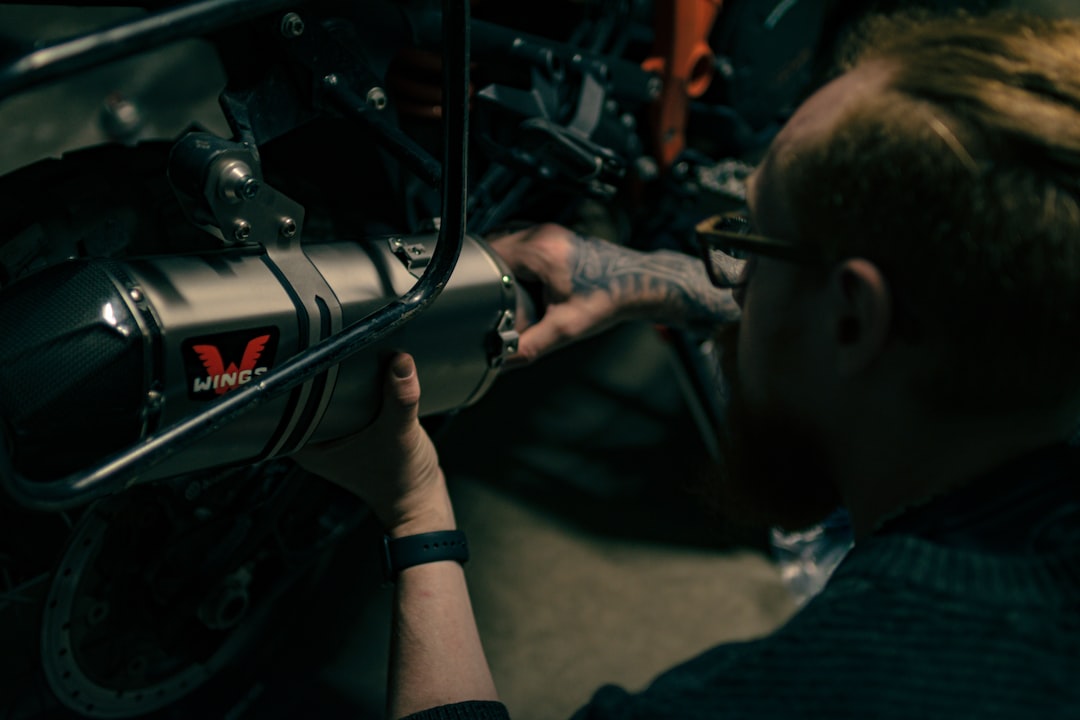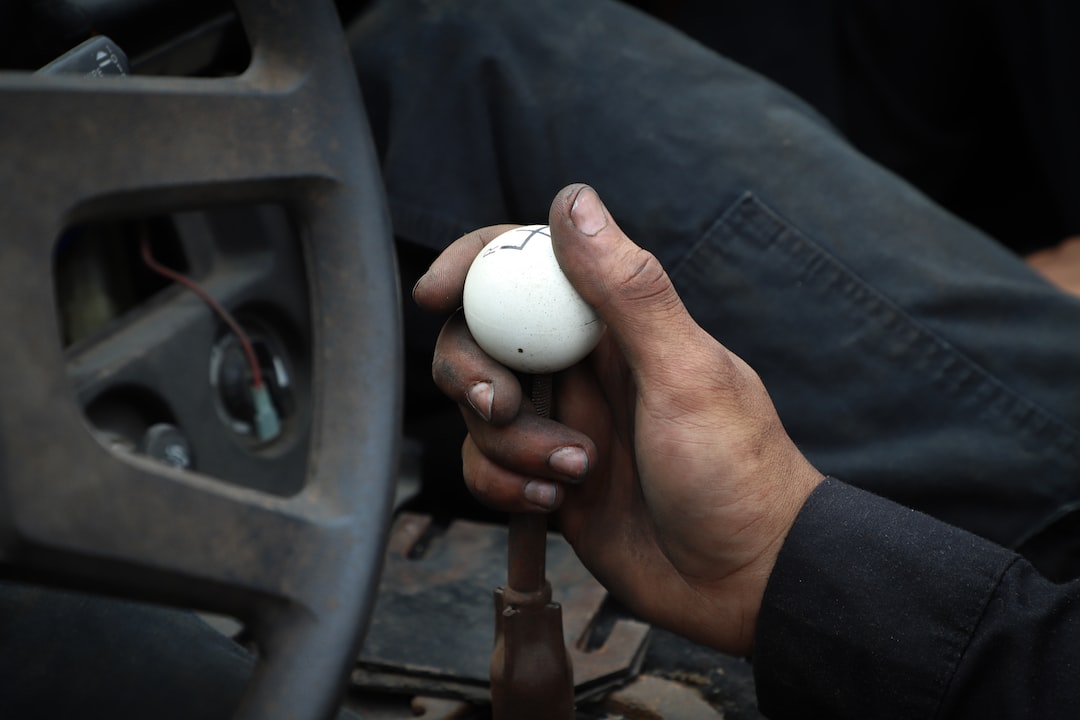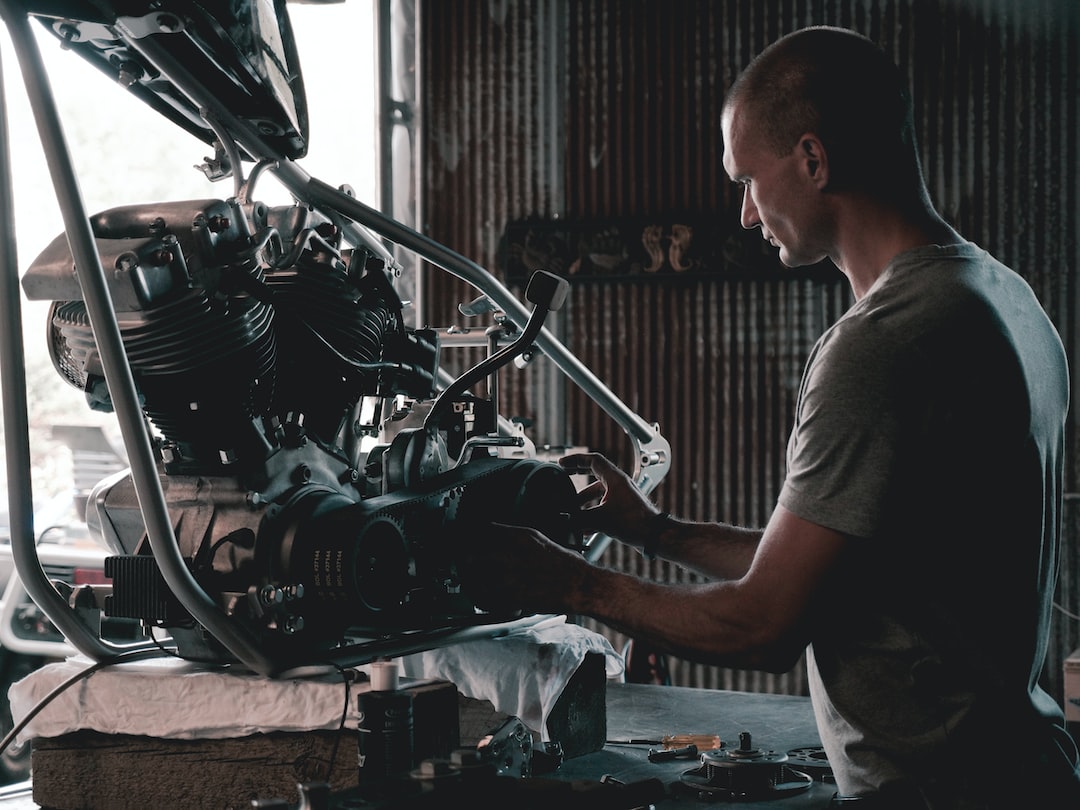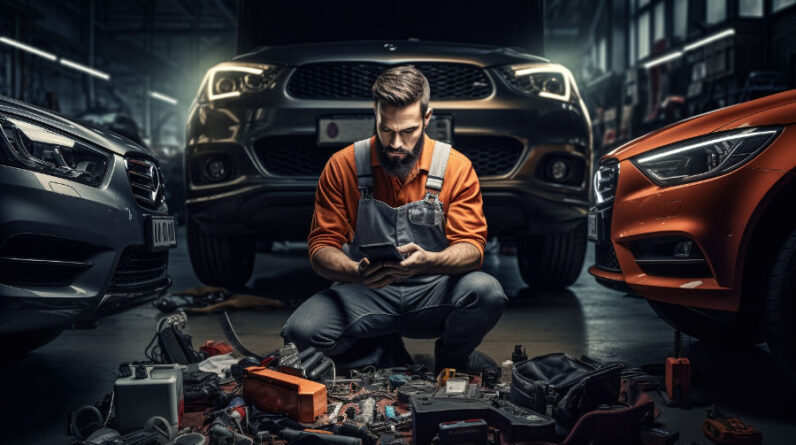Have you ever found yourself in a situation where your car suddenly breaks down, leaving you stranded and worried about the cost of repairs? It’s happened to the best of us.
But what if I told you there was a way to save money on those repairs without sacrificing quality? Enter second-hand car parts. Coincidentally, these parts can be a lifesaver when it comes to fixing your vehicle on a budget.
Second-hand car parts refer to components that have been previously used in other vehicles but are still in good condition. By opting for these parts, you can save a significant amount of money while still ensuring that your car gets the repair it needs.
In this article, we will delve into the benefits of using second-hand car parts, considerations to keep in mind, where to find them, tips for choosing and inspecting them, as well as how to install and maintain them.
Get ready to discover a whole new world of affordable car repairs!
Key Takeaways
- Second-hand car parts are components previously used in other vehicles but still in good condition.
- Opting for second-hand parts can save a significant amount of money.
- Using second-hand parts reduces the need for new manufacturing and minimizes waste, making it environmentally friendly.
- Considerations when using second-hand car parts include cost savings, potential risks, compatibility with your vehicle, and thorough inspection before installation.
Understanding the Benefits of Second-Hand Car Parts

One of the key advantages of utilizing second-hand car parts is the potential cost savings they offer. Buying used car parts can be significantly cheaper than purchasing new parts, making it an attractive option for those on a budget.
Additionally, using second-hand car parts can have a positive environmental impact by reducing the need for new manufacturing and minimizing waste.
Overall, opting for second-hand car parts can be a smart choice both financially and ecologically.
Considerations When Using Second-Hand Car Parts

When you choose to utilize pre-owned automotive components, you may encounter some reservations about their reliability and quality. However, there are certain considerations to keep in mind when using second-hand car parts.
Here are a few key points to consider:
- Cost saving measures when buying second-hand car parts
- Potential risks and drawbacks of using second-hand car parts
- Compatibility with your vehicle model and year
- Inspection and testing of the part before installation
Taking these factors into account will help ensure a successful and cost-effective use of second-hand car parts.
Where to Find Second-Hand Car Parts

Looking to find affordable and reliable alternatives for your vehicle’s components? Well, you’ll be glad to know there are various places where you can discover used automotive parts.
Purchasing second-hand car parts has several advantages. Not only can you save money, but you can also find parts that aren’t in production anymore.
To save even more, consider visiting junkyards, online marketplaces, or local classified ads. Remember to inspect the parts carefully and compare prices before making a purchase.
Tips for Choosing and Inspecting Second-Hand Car Parts

If you’re in the market for pre-owned automotive components, here are some helpful tips to ensure you choose and inspect them with confidence.
- Advantages of purchasing used car parts: You can save money while still getting reliable parts that are often still in good condition.
- Common problems to look out for when buying second-hand car parts: Check for wear and tear, rust, and any signs of damage. Also, make sure to verify the compatibility of the part with your vehicle.
By following these tips, you can make a smart and informed decision when buying second-hand car parts.
How to Install and Maintain Second-Hand Car Parts

Installing and maintaining pre-owned automotive components can be a breeze with these helpful tips and tricks. When it comes to installing second-hand car parts, it’s important to follow proper techniques to ensure a secure fit. Take note of any specific instructions provided by the manufacturer or seller. Additionally, common maintenance issues with second-hand parts include regular cleaning and inspection for wear and tear. By staying proactive, you can extend the lifespan of your pre-owned car parts.
| Installing Techniques | Common Maintenance Issues |
|---|---|
| Proper fitment | Regular cleaning |
| Following instructions | Inspection for wear and tear |
| Secure installation |
Frequently Asked Questions
Can second-hand car parts be as reliable as brand new parts?
Second-hand car parts can be just as reliable as brand new parts. The reliability comparison is influenced by factors like the condition of the part and market demand.
Are second-hand car parts always cheaper than new ones?
When it comes to cost, second-hand car parts can often be a steal, like finding a hidden treasure. However, quality can vary, so it’s important to carefully assess before purchasing.
What are the potential risks or downsides of using second-hand car parts?
When using second-hand car parts, there are potential safety hazards and risks to consider. These parts may not be in optimal condition and could affect the performance of your vehicle, leading to potential accidents or mechanical issues.
Is it possible to find second-hand car parts for rare or older vehicle models?
To find vintage car parts for rare or older vehicle models, start by researching specialized online marketplaces or salvage yards. When assessing the quality of second-hand car parts, inspect for wear, damage, and compatibility with your vehicle’s specifications.
Are there any specific warranties or guarantees available for second-hand car parts?
When it comes to second-hand car parts, there are warranty options and quality assurance available. You can rest assured knowing that there are guarantees in place to protect your investment and ensure the reliability of the parts you purchase.
Conclusion
In conclusion, choosing second-hand car parts can be a wise decision for both your wallet and the environment. By opting for pre-owned components, you’re symbolically giving these parts a second chance at life, just like how you’re extending the life of your vehicle.
It’s important to consider factors such as quality, compatibility, and maintenance when selecting second-hand car parts. With proper inspection and installation, these parts can be just as reliable as new ones, allowing you to save money while ensuring your vehicle’s longevity.




